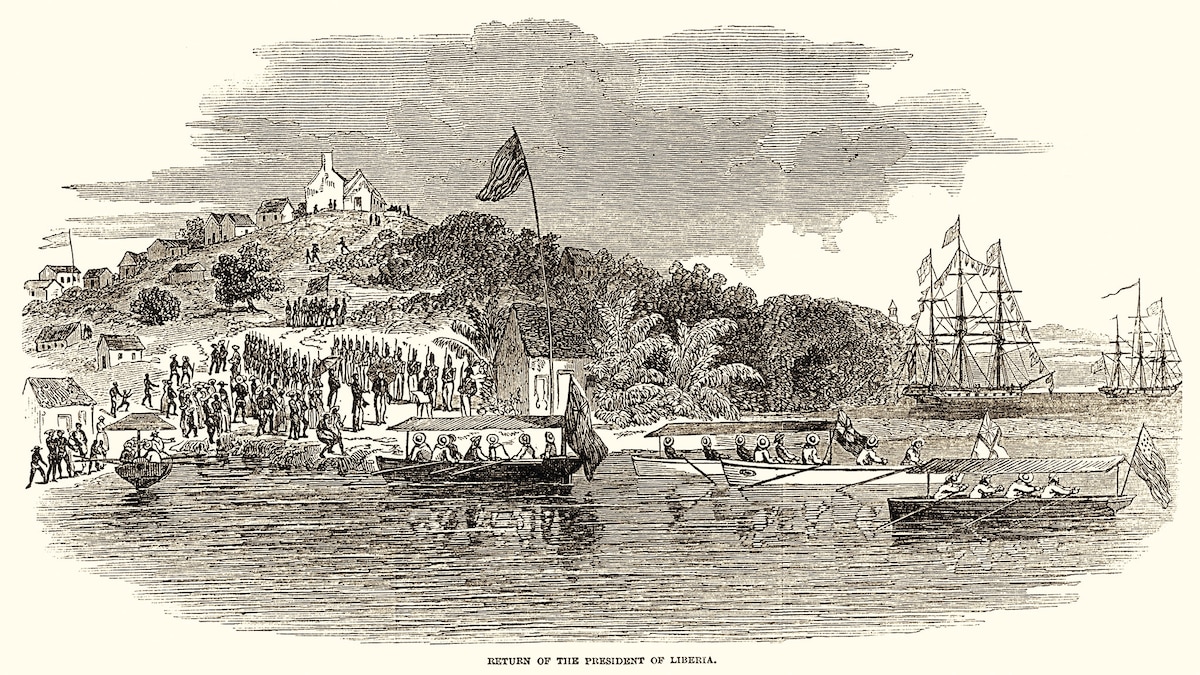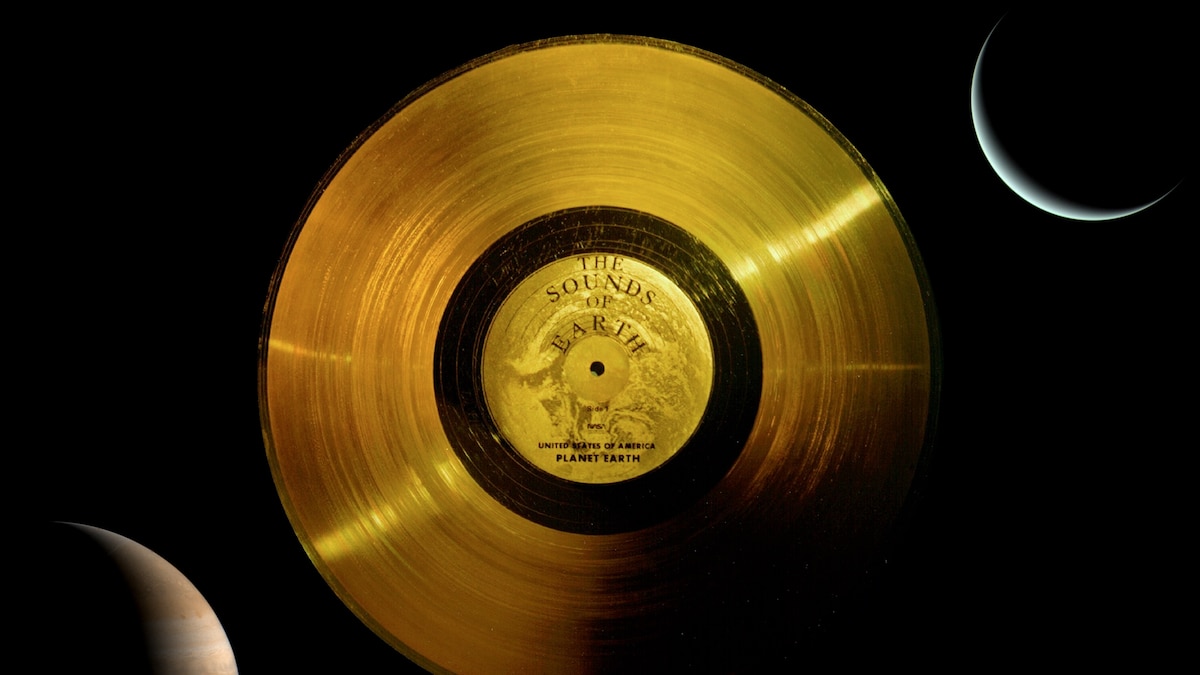Now Reading: This is the first ever confirmed skull of a Denisovan
-
01
This is the first ever confirmed skull of a Denisovan
This is the first ever confirmed skull of a Denisovan

In the summer of 2021, a team of five Chinese researchers stirred up some controversy by suggesting that an unusual skull unearthed in northeastern China belonged to a previously unknown species they thereby officially described as Homo longi, nicknamed “Dragon Man.” (Both names were inspired by the Long Jiang Dragon River region where it was found.) Soon afterwards, the team was contacted by paleogeneticist Qiaomei Fu of the Institute of Vertebrate Paleontology and Paleoanthropology in Beijing, who asked if she could try and get DNA from the skull.
Back in 2010, she’d been the first to investigate the DNA from a tiny finger bone found in a Siberian cave called Denisova that became world famous because it revealed the existence of a population of hominins not previously known to science, and for which no other fossils existed: the Denisovans.
In two papers published in the journals Science and Cell this week—coauthored with Qiang Ji of Hebei GEO University, an author on the original Homo longi paper—Fu and her team conclude the ‘Dragon Man’ was likely a Denisovan too. Which is big news, as it makes the stunningly complete skull of ‘Dragon Man’, also known as the ‘Harbin skull’, the only Denisovan skull known to science. “After 15 years, we give the Denisovan a face,” she says. “It’s really a special feeling, I feel really happy.”

Artist John Gurche created this model, based on the “Dragon Man” skull, depicting how Homo longi may have appeared when they lived during the middle Pleistocene, over 146,000 years ago.
Photograph by Mark Thiessen, Nat Geo Image Collection
We now know Denisovans had a wide and low face that combined more primitive features, like a prominent brow ridge, with more modern ones, like delicate cheekbones and a relatively flat lower face that does not jut out like it does in other primates and more ancient hominins. Its massive size also suggests a very large body that perhaps helped protect it from brutal winters in northeastern China.
The findings open the door to a better understanding of these ancient hominins and the world they inhabited. “Having a well-preserved skull like this one allows us to compare the Denisovans to many more different specimens found in very different places,” says paleoanthropologist Bence Viola of the University of Toronto, who was not involved in the new study. “This means we might be able to compare their body proportions and start thinking about their adaptations to climate, for example.”
How dental plaque helped confirm the findings
After she was granted access to the skull, the first thing Fu did was look for DNA, specifically in the teeth and the petrous bone, a dense part of the skull near the inner ear that is known to be the last spot where DNA might survive in a skull that is estimated to be at least 146,000 years old. When that revealed no genetic material, she turned to a different method: extracting proteins. These are usually more hardy than DNA – and because they are what the genes in the DNA code for, they can also provide genetic clues about the DNA that gave rise to them. She was able to collect information from 95 different proteins, four of which are known to differ between Denisovans and other hominins. For three of those, the skull had a Denisovan variant (sometimes in combination with another one on the other chromosome).
Yet Fu still wanted to find DNA to confirm if the skull belonged to a Denisovan. And so she looked in the dental plaque on its single remaining tooth. It was a long shot: while plaque is a very hardy material, researchers more typically find bacterial DNA in it. It’s rarer to find the DNA of the owner of the teeth. Against expectations, she did find a tiny amount of DNA there that was human and looked sufficiently old to have belonged to the skull itself, and not one of the people who have handled it since.
(How a molar, jawbone, and pinkie are rewriting human history)
“They may have actually recovered many DNA fragments from me because I studied and handled the specimens so many times,” says paleoanthropologist Xijun Ni, who is based at the same institute and was one of the coauthors of the paper proposing Homo longi as a new species, but was not a coauthor on the current paper. (He is not convinced that the protein analysis is sufficiently specific, nor does he believe the degraded DNA is enough to identify the specimen as Denisovan.)
You May Also Like
Fu acknowledges in the paper “a substantial proportion” of the DNA she found was clearly the result of contamination. But using the established protocols to select only the DNA that is indeed ancient, she found that the tiny amount of DNA that remains, like the proteins, confidently identifies the skull as Denisovan “It contains 27 gene variants only found in the seven known Denisovan individuals,” says Fu. “None of these can arise from modern human contamination.”
“The data are quite convincing,” says paleobiologist Frido Welker of the University of Copenhagen in Denmark, who specializes in the analysis of ancient proteins, but wasn’t involved in this study. “The Harbin cranium appears to be a Denisovan.”
Other researchers are convinced as well. Since the description of [the Harbin skull] I was hopeful that we finally had a face for the Denisovans, and these papers prove it,” says Viola who has conducted excavations in Denisova cave. “It’s great that two different methods gave us the same result, this makes me much more confident that this is real.”
Denisovans inhabited an even wider range than we thought
These results provoke an unsettled question: Since Denisovans have never been formally described as a species, but Homo longi has, should we now refer to Denisovans as Homo longi?
For some, the answer is clearly yes. “Assuming the author’s claim is true, then Denisovans are a population of Homo longi, just as New Yorkers and Beijingers are both Homo sapiens” says Ni. Paleoanthropologist Chris Stringer of the Natural History Museum in London, who has been collaborating with Ni and others on a new analysis of Chinese hominin fossils, agrees that even though “it is increasingly likely that Harbin is the most complete fossil of a Denisovan found so far, Homo longi is the appropriate species name for this group.”
But other researchers don’t think it’s useful to assign separate species names to hominins from this period. “We ourselves do not use species names for Neandertals or Denisovans,” says paleogeneticist Svante Pääbo of the Max Planck Institute for Evolutionary Anthrology, who leads the lab where Fu first analyzed the Denisovan DNA. “We do not find it helpful as these are closely related groups that have been shown to mix and have fertile offspring, with each other and with our own direct ancestors. But if a species name is needed, we would simply call them all Homo sapiens.”
(The best evidence yet that Roman gladiators fought lions: a bite mark)
Naming discussions aside, a very exciting discovery remains: a kind of human we once only knew from a pinky bone dug up from a cave now has a face. And we now know this kind of human did not just live in Siberia where the first pinkie bone was found, but across much of East-Asia.
Confidently identifying this fossil will also help researchers make sense of the many other mysterious fossils found across East-Asia, and will encourage them to try and get molecular evidence from those as well. This may also shed new light on how and when Denisovans interbred with our own ancestors — which could help explain why, long after the last Denisovan like “Dragon Man” died out, traces of their DNA still survive in some people today.























